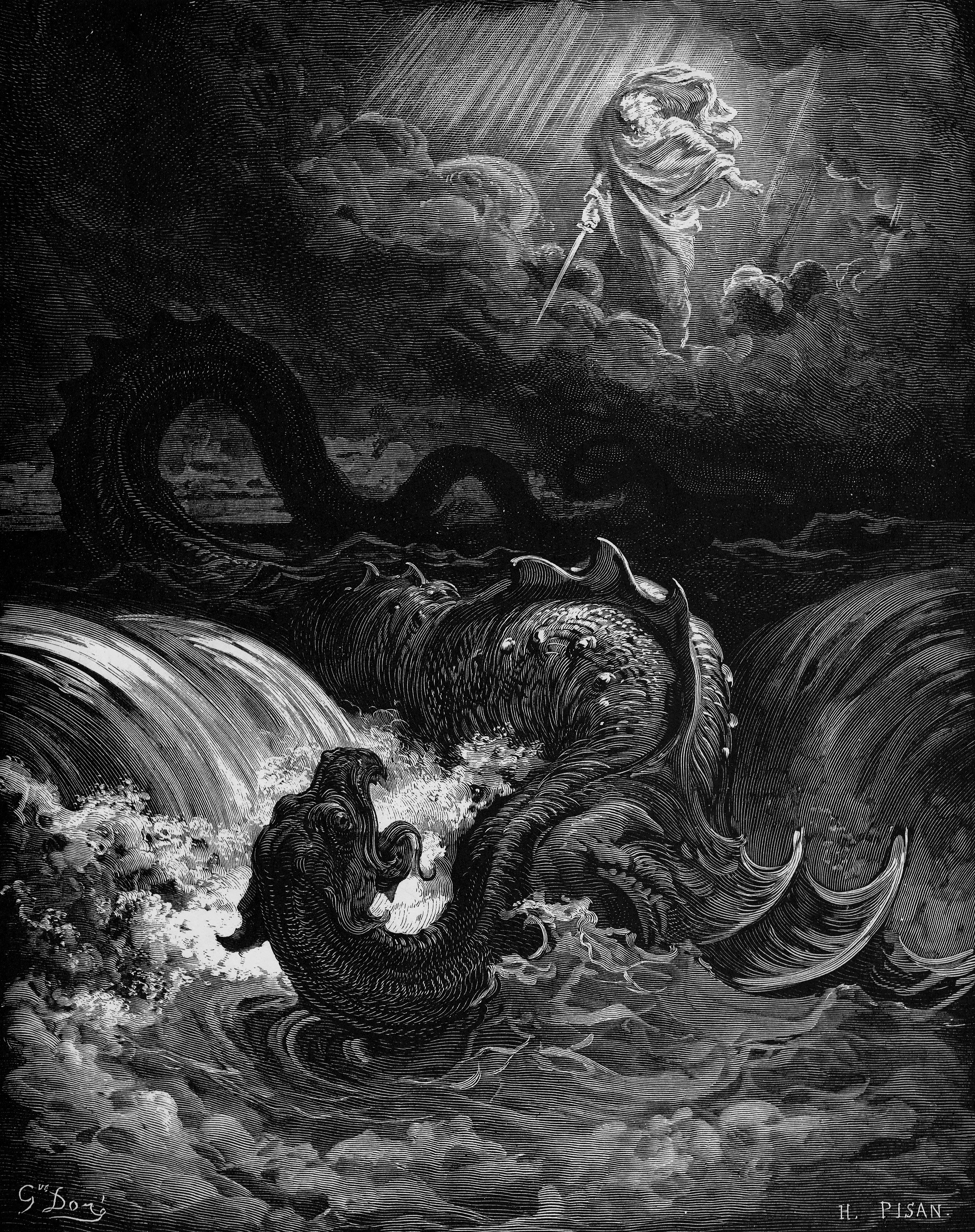
Chaos (cosmogony)
Chaos (Ancient Greek: χάος, romanized: Kháos) is the mythological void state preceding the creation of the universe (the cosmos) in ancient near eastern cosmology and early Greek cosmology. It can also refer to an early state of the cosmos constituted of nothing but undifferentiated and indistinguishable matter.[1]
This article is about the mythological void. For other uses, see Chaos.Etymology[edit]
Greek kháos (χάος) means 'emptiness, vast void, chasm, abyss',[2] related to the verbs kháskō (χάσκω) and khaínō (χαίνω) 'gape, be wide open', from Proto-Indo-European *ǵʰeh₂n-,[3] cognate to Old English geanian, 'to gape', whence English yawn.[4]
It may also mean space, the expanse of air, the nether abyss or infinite darkness.[5] Pherecydes of Syros (fl. 6th century BC) interprets chaos as water, like something formless that can be differentiated.[6]
Hawaiian tradition[edit]
In Hawaiian folklore, a triad of deities known as the "Ku-Kaua-Kahi" (a.k.a. "Fundamental Supreme Unity") were said to have existed prior to and during Chaos ever since eternity, or put in Hawaiian terms, "mai ka po mai," meaning "from the time of night, darkness, Chaos." They eventually broke the surrounding Po ("night"), and light entered the universe. Next the group created three heavens for dwelling areas together with the Earth, Sun, Moon, stars, and assistant spirits.[46]
Gnosticism[edit]
According to the Gnostic On the Origin of the World, Chaos was not the first thing to exist. When the nature of the immortal aeons was completed, Sophia desired something like the light which first existed to come into being. Her desire appears as a likeness with incomprehensible greatness that covers the heavenly universe, diminishing its inner darkness while a shadow appears on the outside which causes Chaos to be formed. From Chaos every deity including the Demiurge is born.[47]
Modern usage[edit]
The term chaos has been adopted in modern comparative mythology and religious studies as referring to the primordial state before creation, strictly combining two separate notions of primordial waters or a primordial darkness from which a new order emerges and a primordial state as a merging of opposites, such as heaven and earth, which must be separated by a creator deity in an act of cosmogony.[53] In both cases, chaos referring to a notion of a primordial state contains the cosmos in potentia but needs to be formed by a demiurge before the world can begin its existence.
Use of chaos in the derived sense of "complete disorder or confusion" first appears in Elizabethan Early Modern English, originally implying satirical exaggeration.[54] "Chaos" in the well-defined sense of chaotic complex system is in turn derived from this usage.